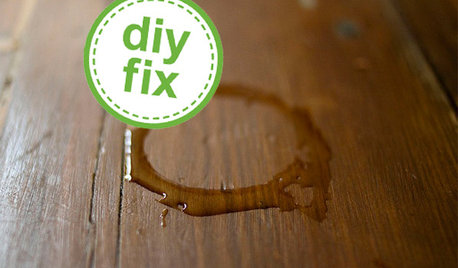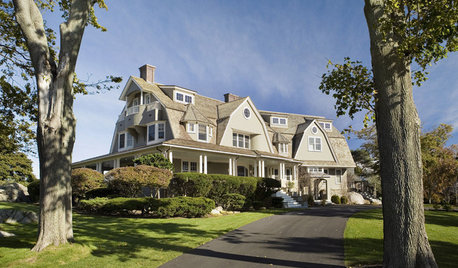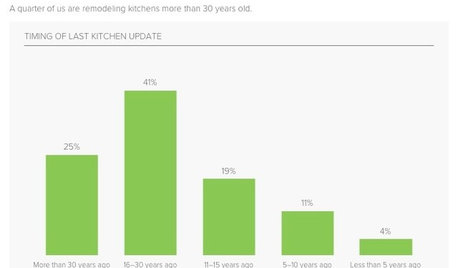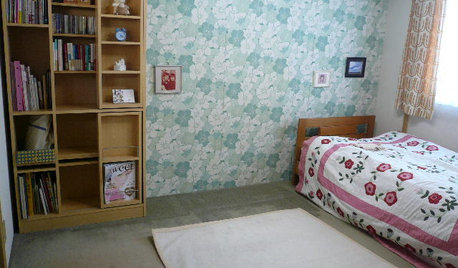Quick help with water test results, please
sue_ct
9 years ago
Related Stories

HOUZZ TOURSHouzz Tour: Battling the Tides Results in a Wondrous House on the Water
A complex construction effort pays off big-time with unobstructed views of Blue Hill Bay in Maine
Full Story
COLORSpeed-Dial Color Selection to Get the Best Result
You’ve belabored your color decisions and are still stuck. Here is how to evaluate your space and make choices that are right for you
Full Story
DECORATING GUIDESQuick Fix: Erase Water Rings from Furniture
A few household items can quickly rejuvenate tarnished wood tabletops
Full Story
LIFEA Quick Downsizing Quiz for the Undecided
On the fence about downsizing? We help you decide whether that fencing should encircle a mansion or a mini trailer
Full Story
KITCHEN DESIGNSurvey Results: Kitchen Trends That Seem Here to Stay
More than a third of respondents in Houzz’s annual kitchen trends report now have the means to remodel. Here’s what else they told us
Full Story
HOME OFFICESQuiet, Please! How to Cut Noise Pollution at Home
Leaf blowers, trucks or noisy neighbors driving you berserk? These sound-reduction strategies can help you hush things up
Full Story
HOUSEKEEPINGThe Quick and Easy Way to Clean a Microwave
All you need is water and a couple of other natural ingredients to get your appliance sparkling and smelling fresh again
Full Story
BOOKSCan Tidying Up Result in Life-Changing Magic?
Organizing phenom Marie Kondo promises big results — if you embrace enormous changes and tough choices
Full Story
GARDENING GUIDES8 Unthirsty Plants Help You Save Water in Style
Spend less effort and money on your landscape with drought-tolerant and native plants that liven up your yard
Full Story
REMODELING GUIDESWisdom to Help Your Relationship Survive a Remodel
Spend less time patching up partnerships and more time spackling and sanding with this insight from a Houzz remodeling survey
Full Story






waterbug_guy
sue_ctOriginal Author
Related Professionals
Folsom Landscape Architects & Landscape Designers · Lyons Landscape Architects & Landscape Designers · Billerica Landscape Contractors · Berkley Landscape Contractors · Broadlands Landscape Contractors · Fairfield Landscape Contractors · Hollywood Landscape Contractors · La Vista Landscape Contractors · Lynn Landscape Contractors · Manhattan Landscape Contractors · Merced Landscape Contractors · Saint George Landscape Contractors · Baileys Crossroads Landscape Contractors · North Hills Landscape Contractors · Castaic Gardeners & Lawn Caresue_ctOriginal Author
sue_ctOriginal Author
waterbug_guy
sue_ctOriginal Author
waterbug_guy
ajames54
sue_ctOriginal Author
sue_ctOriginal Author
sue_ctOriginal Author
waterbug_guy
sue_ctOriginal Author
ajames54
waterbug_guy
sue_ctOriginal Author
waterbug_guy
sue_ctOriginal Author
ajames54
waterbug_guy
sue_ctOriginal Author
waterbug_guy
sue_ctOriginal Author
sue_ctOriginal Author
ademink
sue_ctOriginal Author
Joecd
waterbug_guy
sue_ctOriginal Author
ademink
waterbug_guy